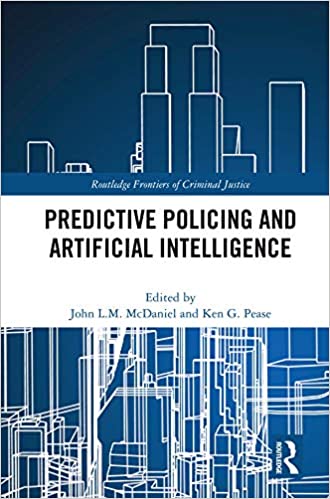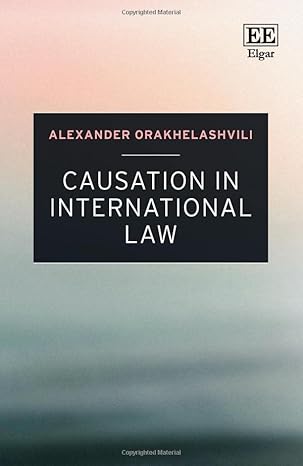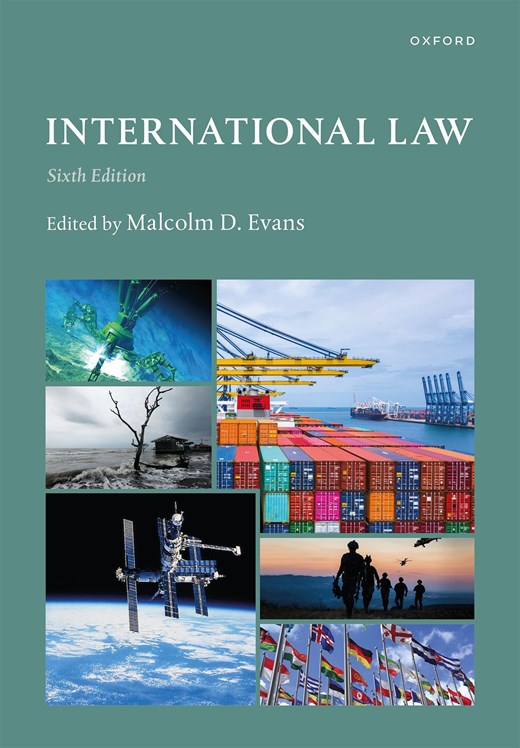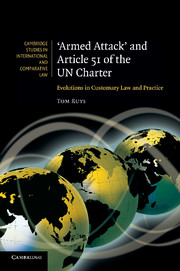This edited text draws together the insights of numerous worldwide eminent academics to evaluate the condition of predictive policing and artificial intelligence (AI) as interlocked policy areas. Predictive and AI technologies are growing in prominence and at an unprecedented rate. Powerful digital crime mapping tools are being used to identify crime hotspots in real-time, as pattern-matching and search algorithms are sorting through huge police databases populated by growing volumes of data in an eff ort to identify people liable to experience (or commit) crime, places likely to host it, and variables associated with its solvability. Facial and vehicle recognition cameras are locating criminals as they move, while police services develop strategies informed by machine learning and other kinds of predictive analytics. Many of these innovations are features of modern policing in the UK, the US and Australia, among other jurisdictions.
AI promises to reduce unnecessary labour, speed up various forms of police work, encourage police forces to more efficiently apportion their resources, and enable police officers to prevent crime and protect people from a variety of future harms. However, the promises of predictive and AI technologies and innovations do not always match reality. They often have significant weaknesses, come at a considerable cost and require challenging trade- off s to be made. Focusing on the UK, the US and Australia, this book explores themes of choice architecture, decision- making, human rights, accountability and the rule of law, as well as future uses of AI and predictive technologies in various policing contexts. The text contributes to ongoing debates on the benefits and biases of predictive algorithms, big data sets, machine learning systems, and broader policing strategies and challenges.
Written in a clear and direct style, this book will appeal to students and scholars of policing, criminology, crime science, sociology, computer science, cognitive psychology and all those interested in the emergence of AI as a feature of contemporary policing.
چکیده فارسی
این متن ویرایششده بینشهای بسیاری از دانشگاهیان برجسته در سراسر جهان را برای ارزیابی وضعیت پلیس پیشبینیکننده و هوش مصنوعی (AI) بهعنوان حوزههای خطمشی درهمتنیده جمعآوری میکند. فناوریهای پیشبینیکننده و هوش مصنوعی با سرعتی بیسابقه در حال رشد هستند. ابزارهای نقشه برداری دیجیتالی جرایم قدرتمند برای شناسایی نقاط داغ جرم در زمان واقعی مورد استفاده قرار می گیرند، زیرا الگوریتم های تطبیق الگو و جستجو در حال مرتب سازی از طریق پایگاه های داده پلیس عظیمی هستند که با حجم فزاینده ای از داده ها در تلاش برای شناسایی افراد مستعد تجربه (یا ارتکاب) هستند. جرم، مکان های احتمالی میزبان آن و متغیرهای مرتبط با قابلیت حل شدن آن. دوربینهای تشخیص چهره و وسایل نقلیه در حال حرکت مجرمان را شناسایی میکنند، در حالی که خدمات پلیس استراتژیهایی را توسعه میدهند که از یادگیری ماشینی و انواع دیگر تحلیلهای پیشبینیکننده مطلع میشوند. بسیاری از این نوآوری ها از جمله ویژگی های پلیس مدرن در بریتانیا، ایالات متحده و استرالیا و سایر حوزه های قضایی هستند.
هوش مصنوعی وعده کاهش نیروی کار غیرضروری، سرعت بخشیدن به اشکال مختلف کار پلیس، تشویق نیروهای پلیس برای تقسیم کارآمدتر منابع خود، و توانمندسازی افسران پلیس برای جلوگیری از جرم و محافظت از مردم در برابر انواع آسیب های آینده را می دهد. با این حال، وعده های فناوری ها و نوآوری های پیش بینی کننده و هوش مصنوعی همیشه با واقعیت مطابقت ندارد. آنها اغلب دارای نقاط ضعف قابل توجهی هستند، هزینه قابل توجهی دارند و نیاز به معاوضه های چالش برانگیز دارند. این کتاب با تمرکز بر بریتانیا، ایالات متحده و استرالیا، موضوعات معماری انتخاب، تصمیمگیری، حقوق بشر، مسئولیتپذیری و حاکمیت قانون، و همچنین استفادههای آینده از هوش مصنوعی و فناوریهای پیشبینیکننده را در زمینههای مختلف پلیس بررسی میکند. این متن به بحثهای جاری در مورد مزایا و سوگیریهای الگوریتمهای پیشبینی، مجموعههای کلان داده، سیستمهای یادگیری ماشین، و استراتژیها و چالشهای پلیسی گستردهتر کمک میکند.
این کتاب که به سبکی واضح و مستقیم نوشته شده است، برای دانشجویان و دانش پژوهان پلیس، جرم شناسی، علوم جنایی، جامعه شناسی، علوم کامپیوتر، روانشناسی شناختی و همه کسانی که علاقه مند به ظهور هوش مصنوعی به عنوان یکی از ویژگی های پلیس معاصر هستند، جذاب خواهد بود.
ادامه ...
بستن ...
ISBN-13: 978-0367210984
ISBN-10: 0367210983
ادامه ...
بستن ...










